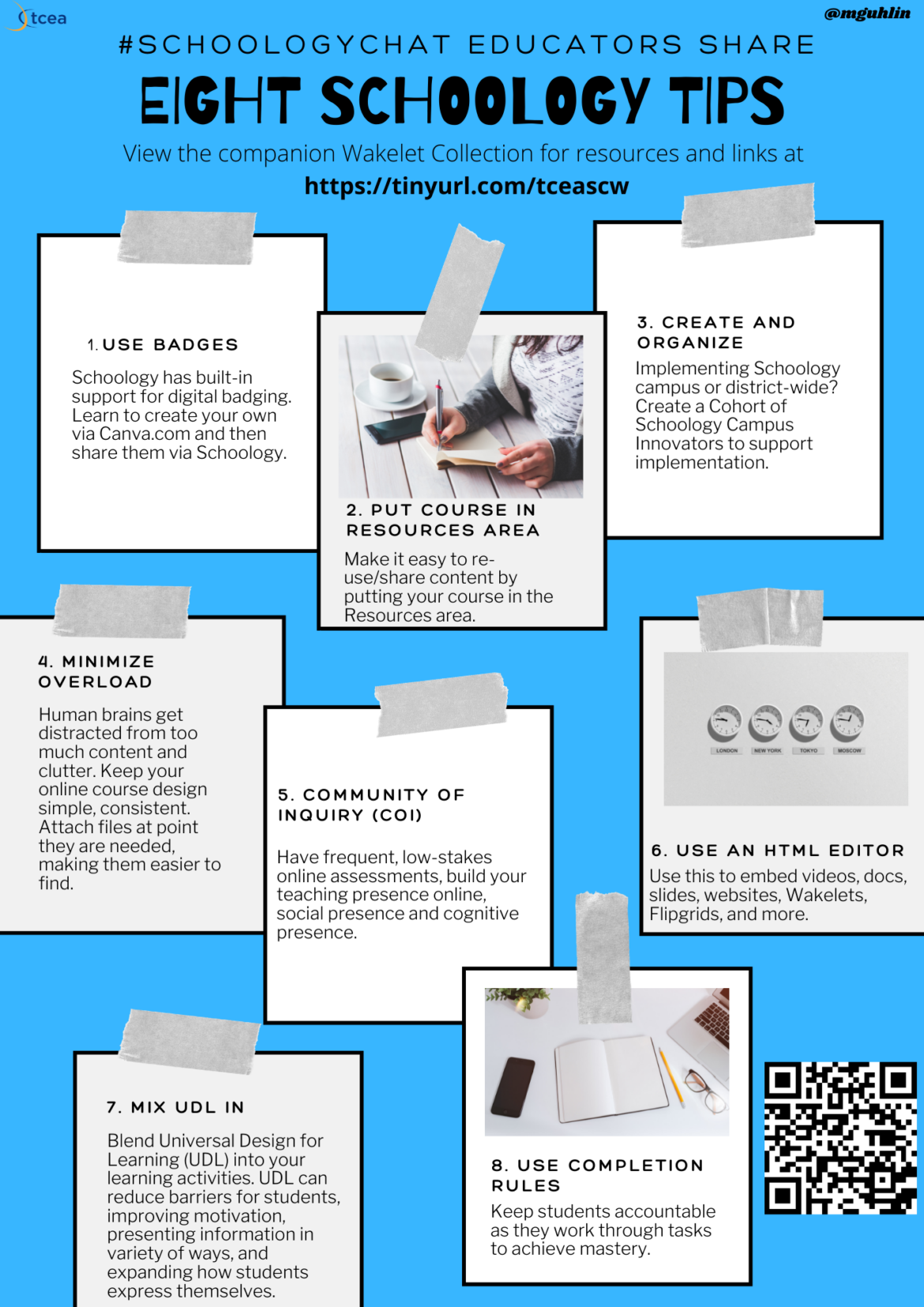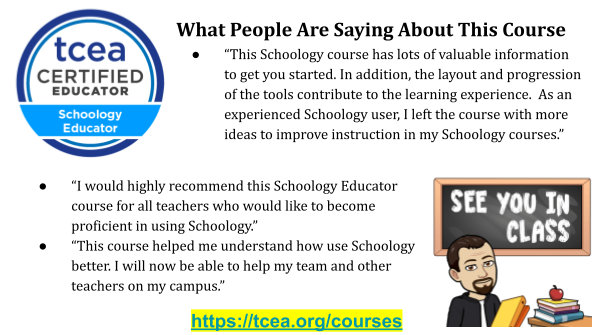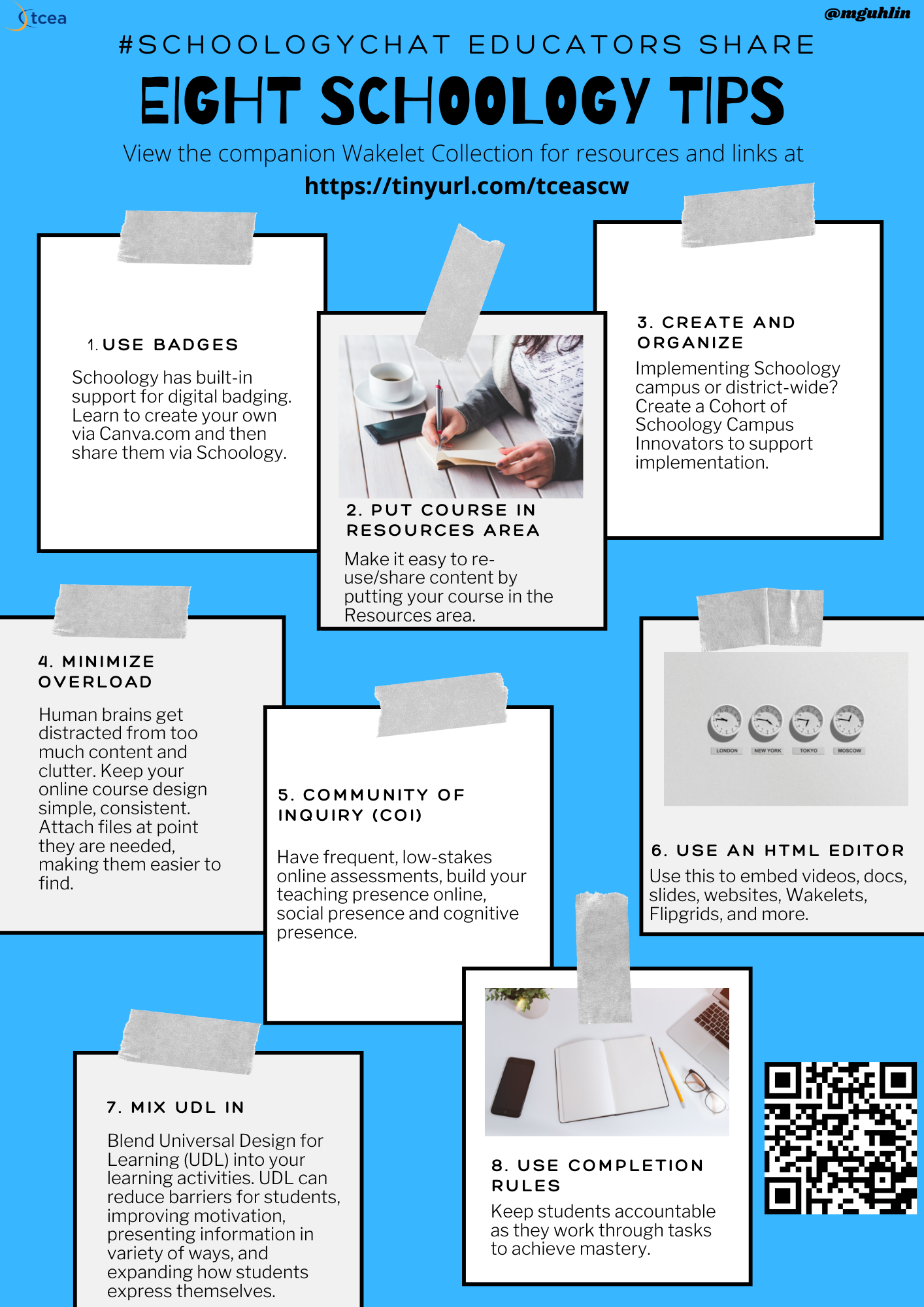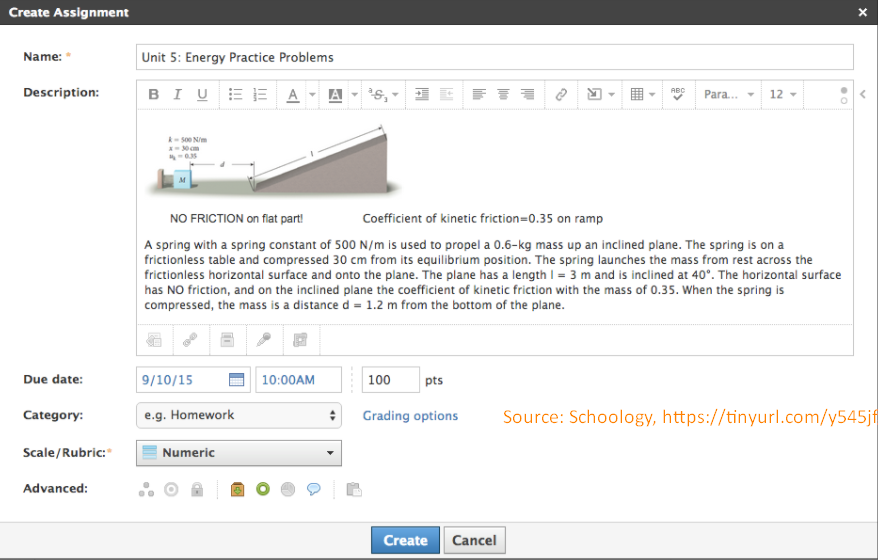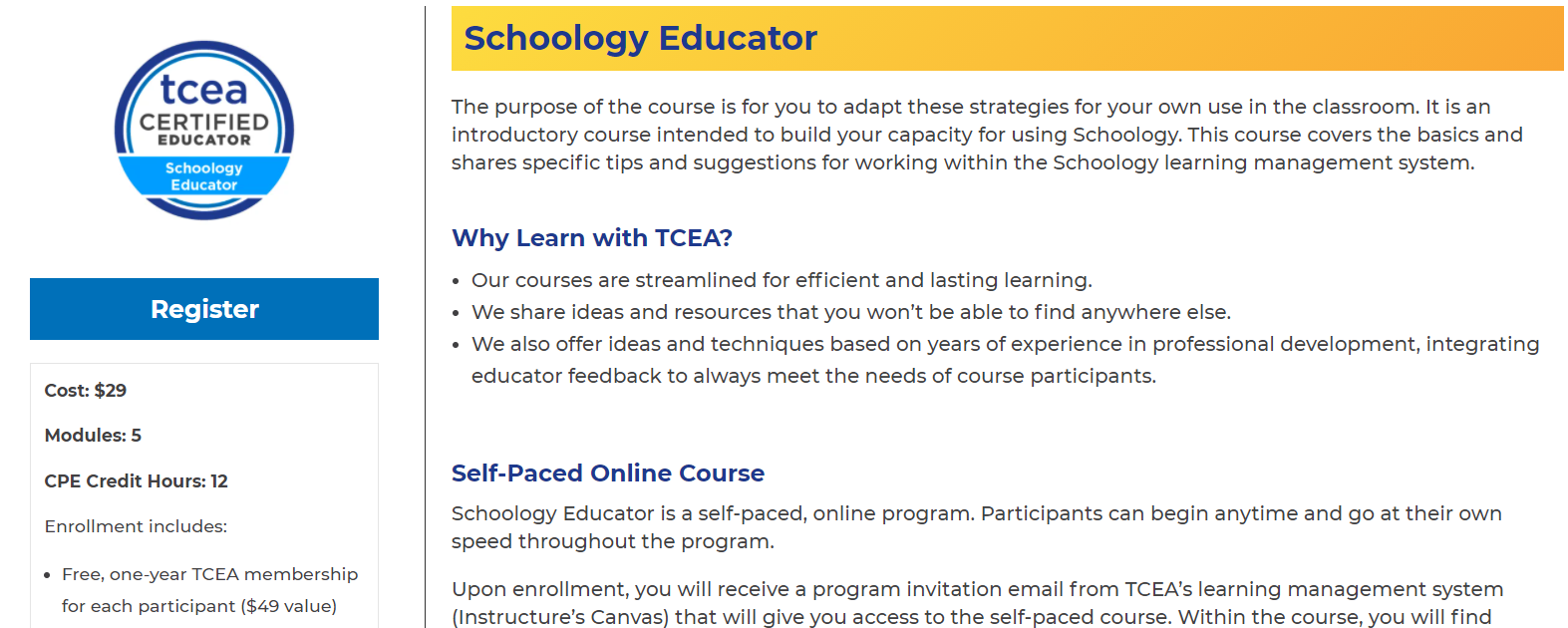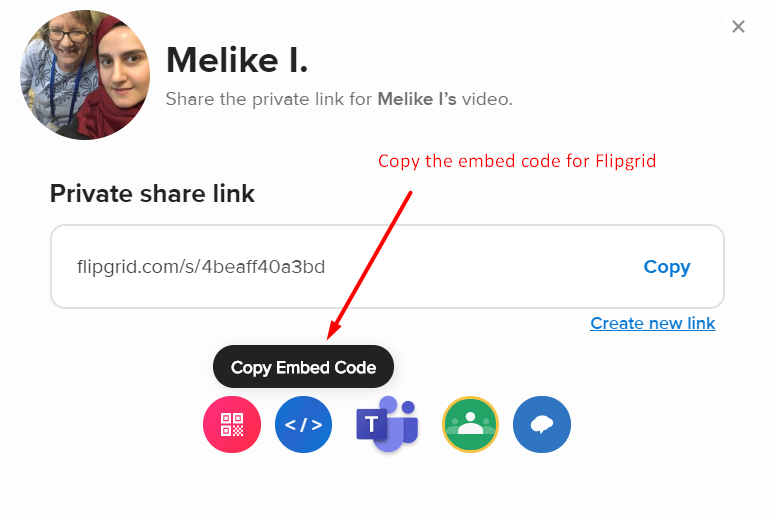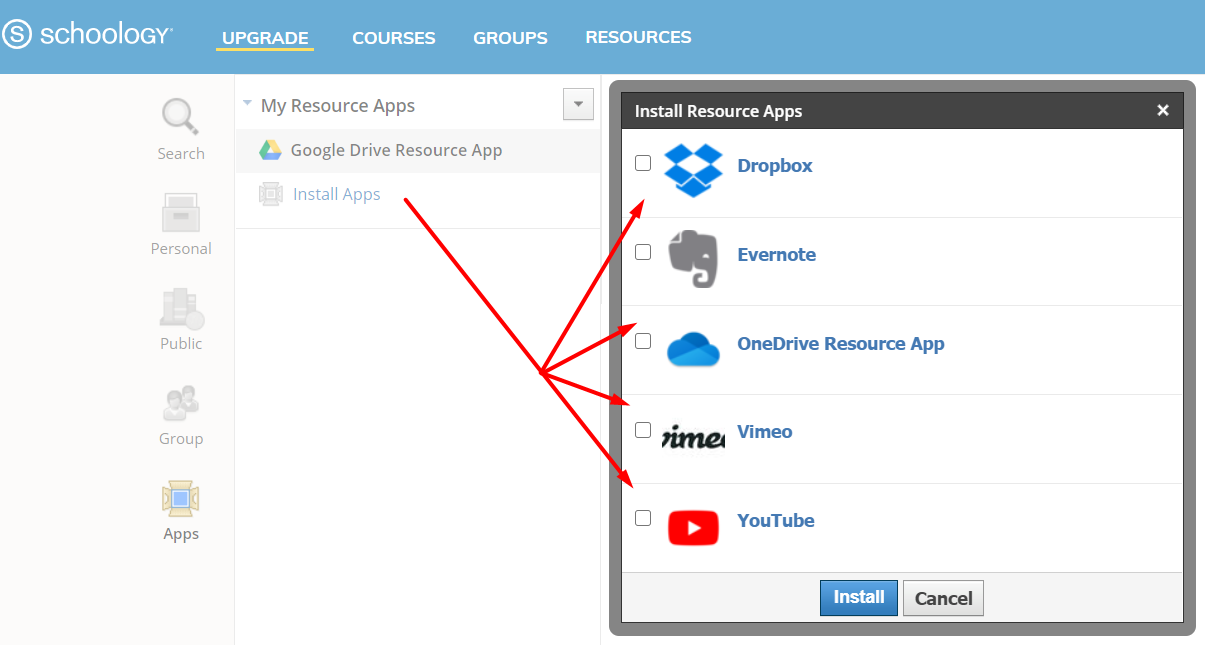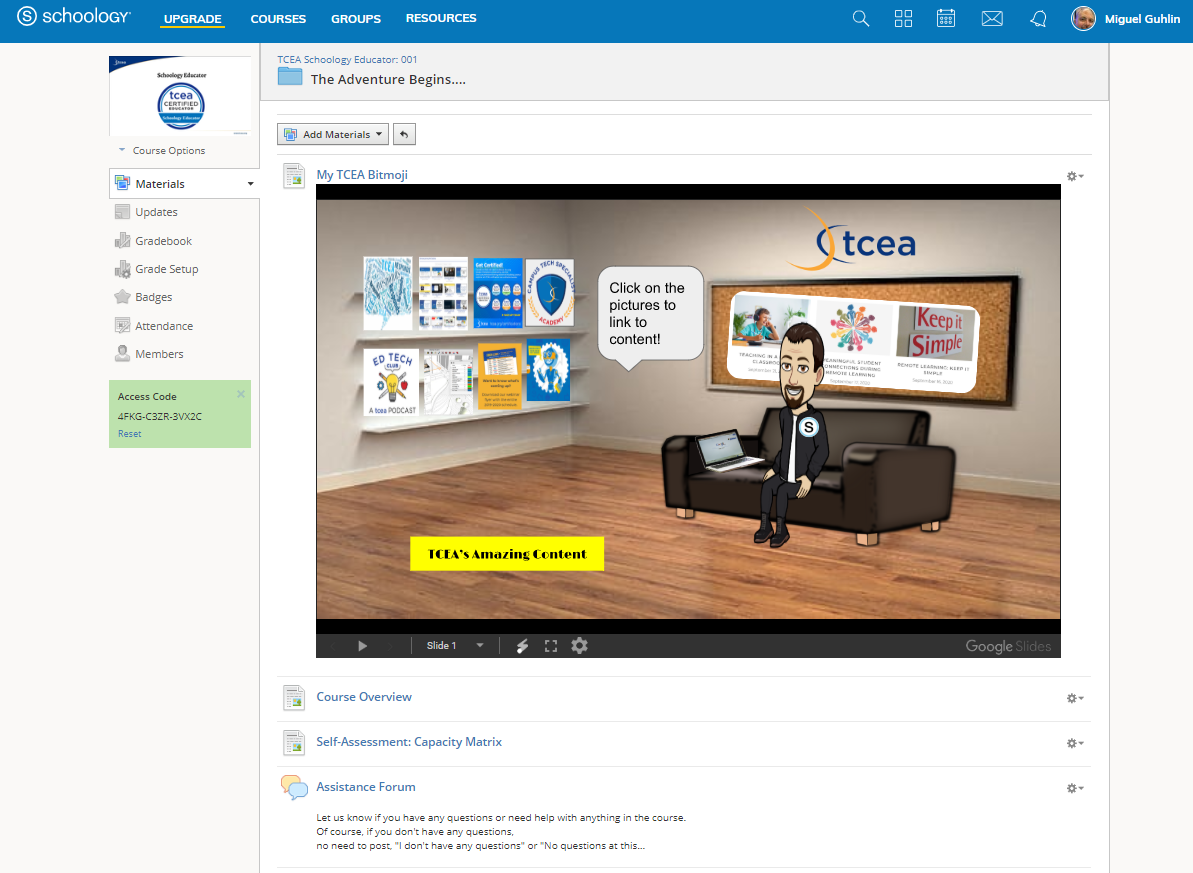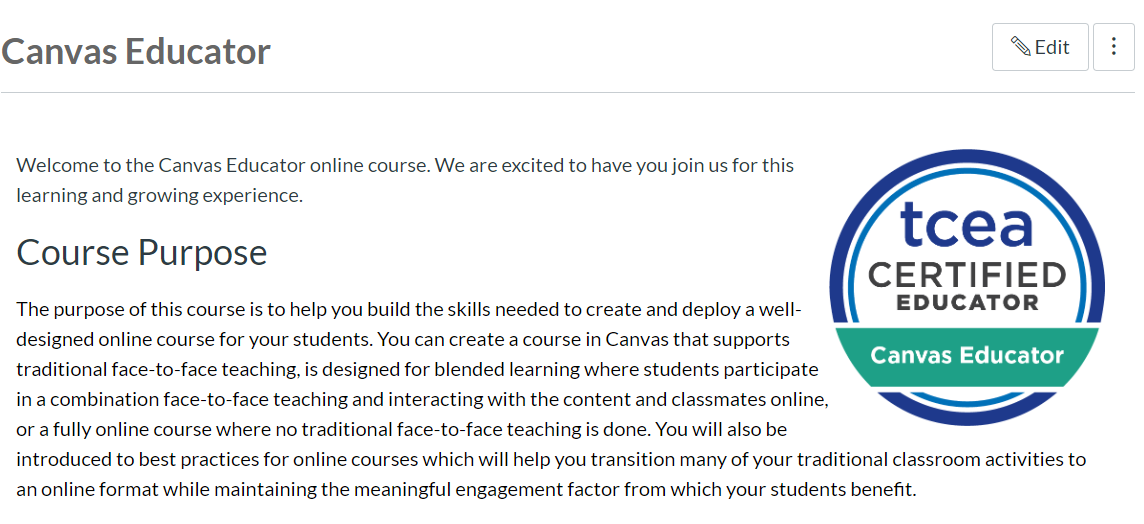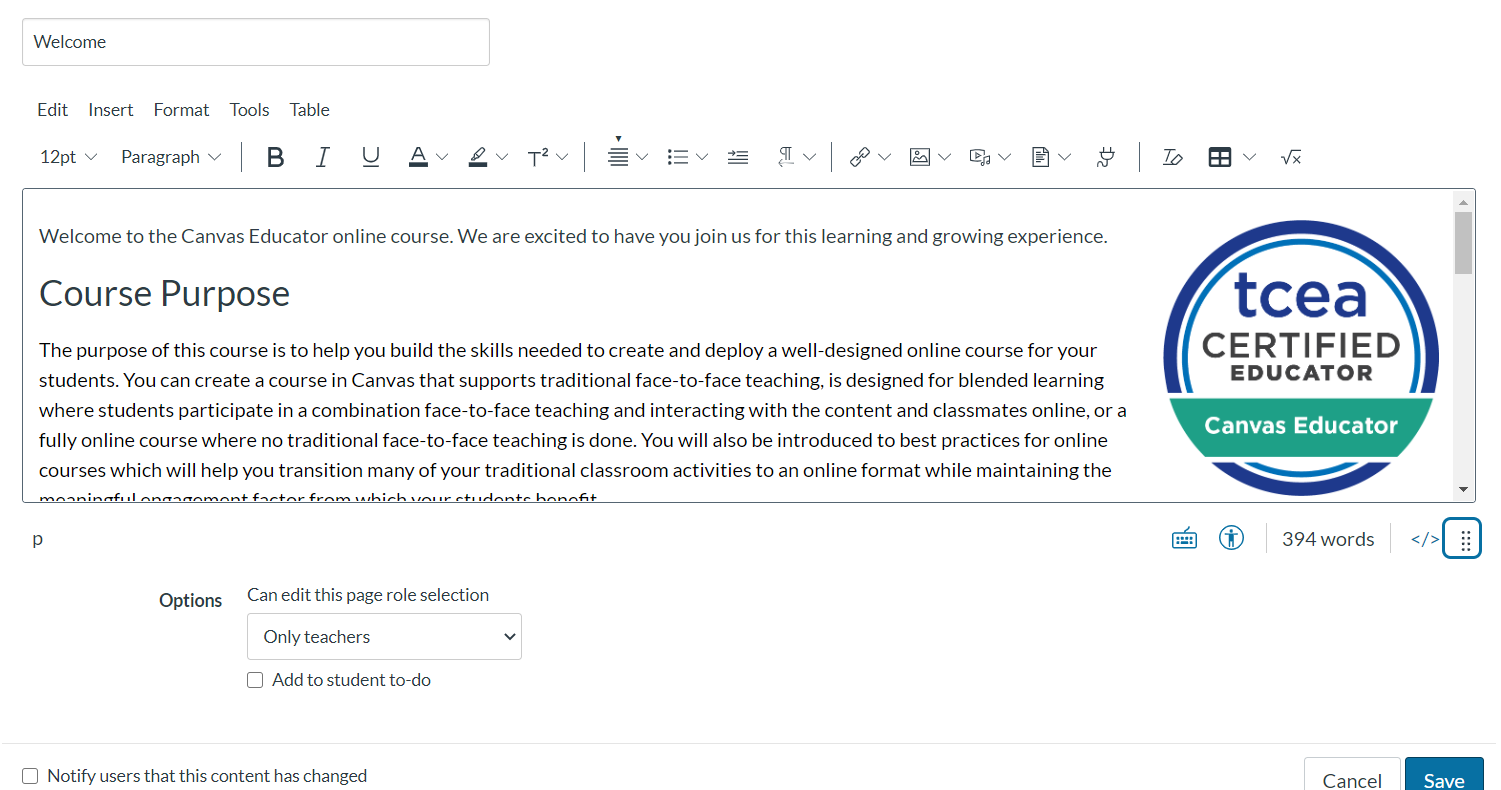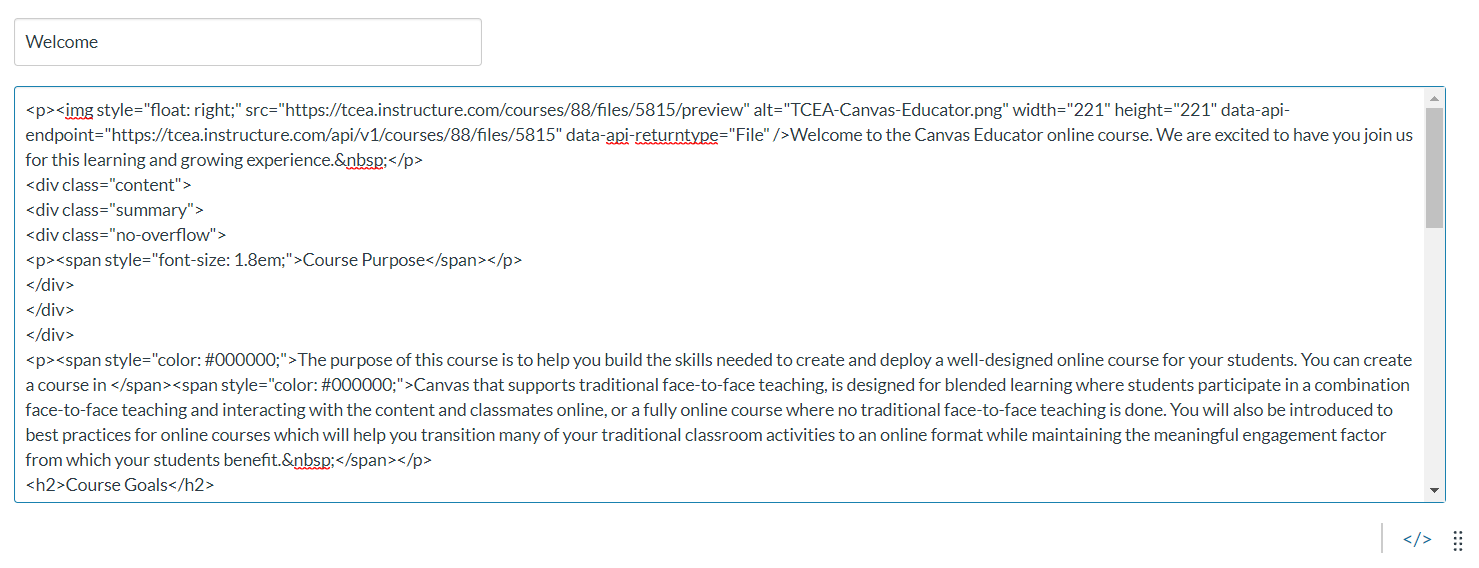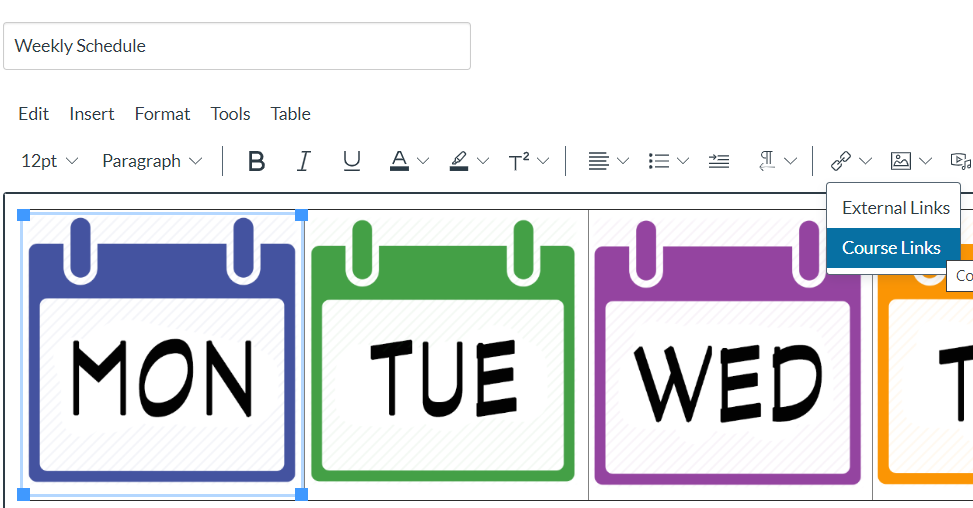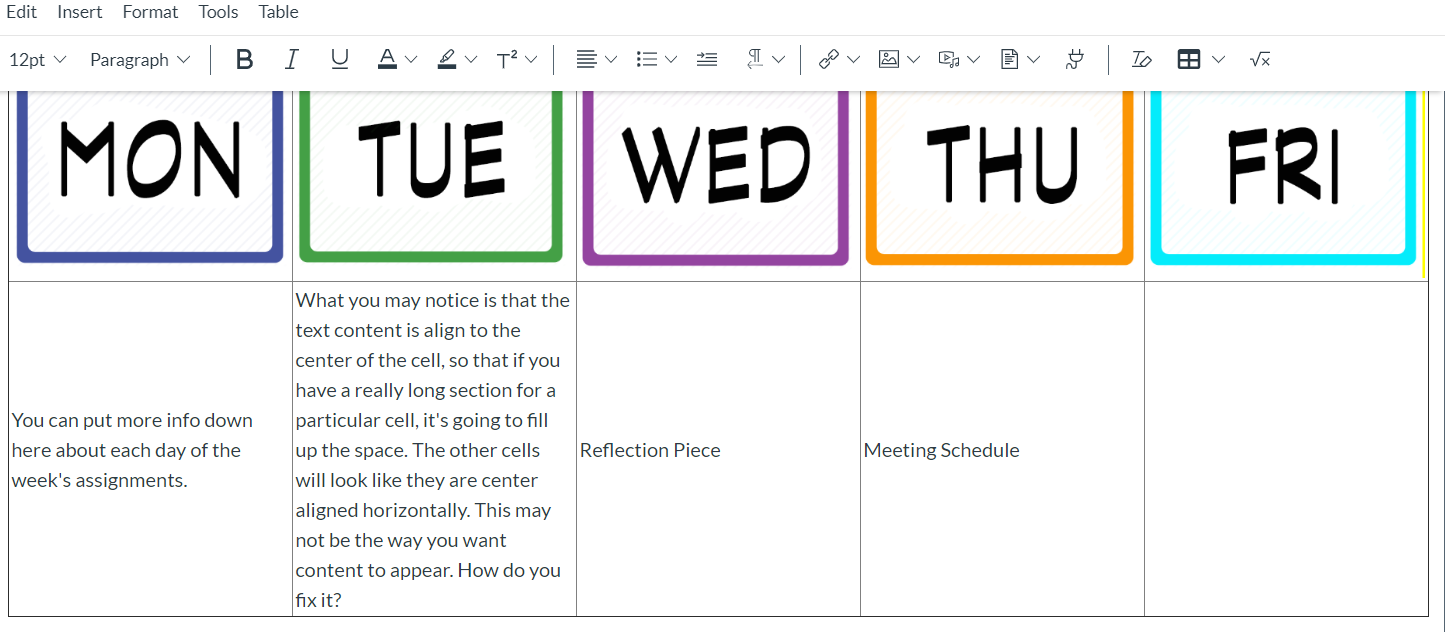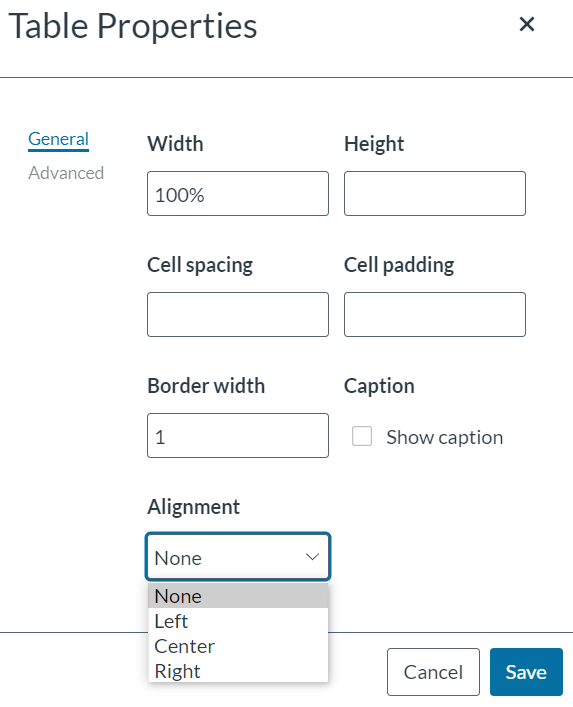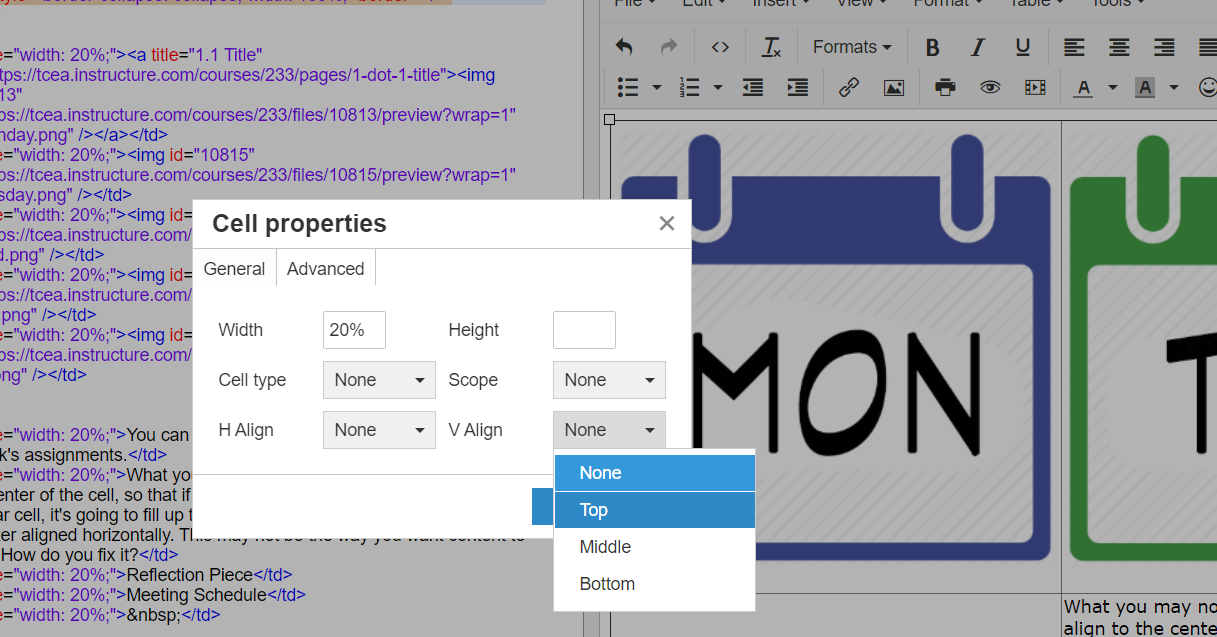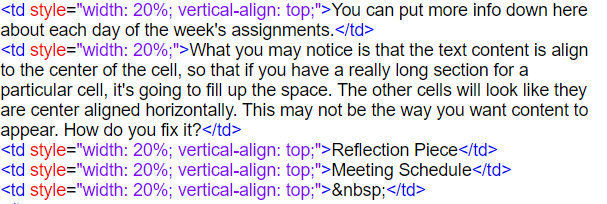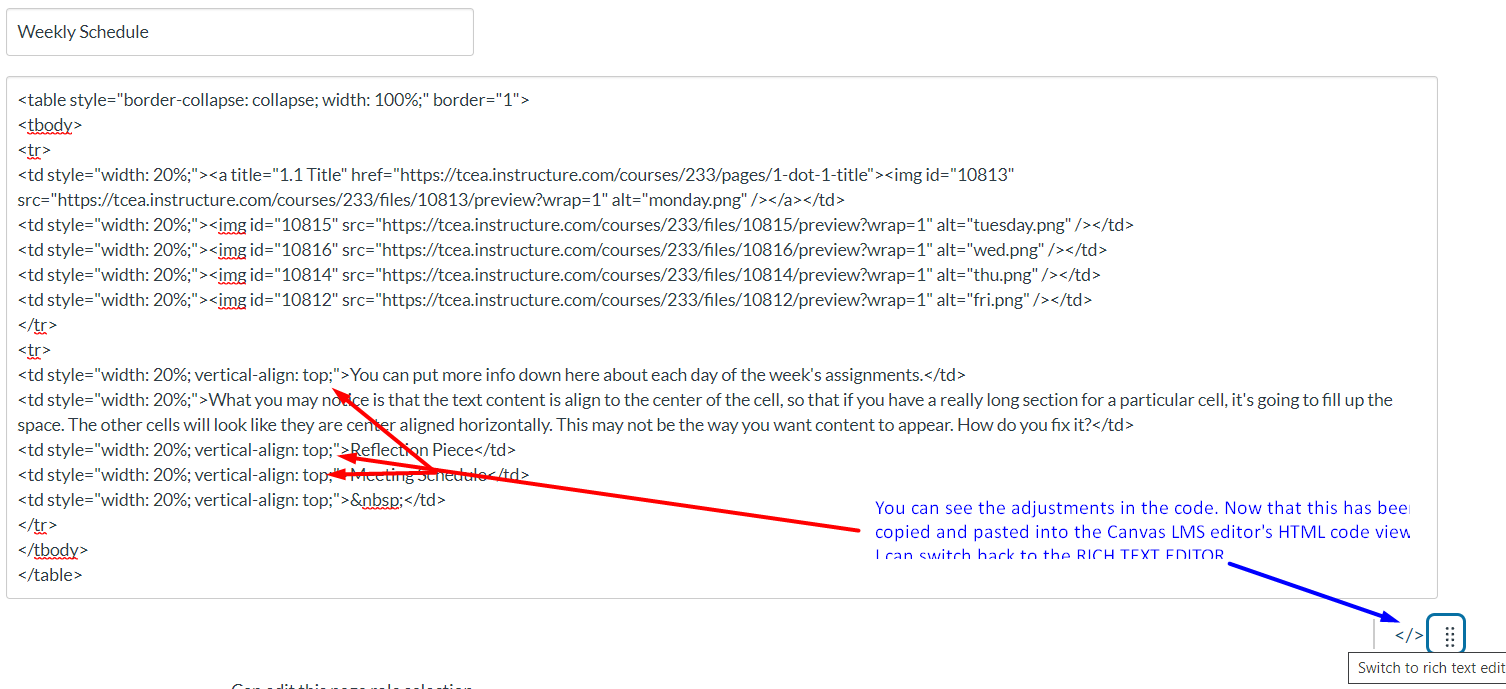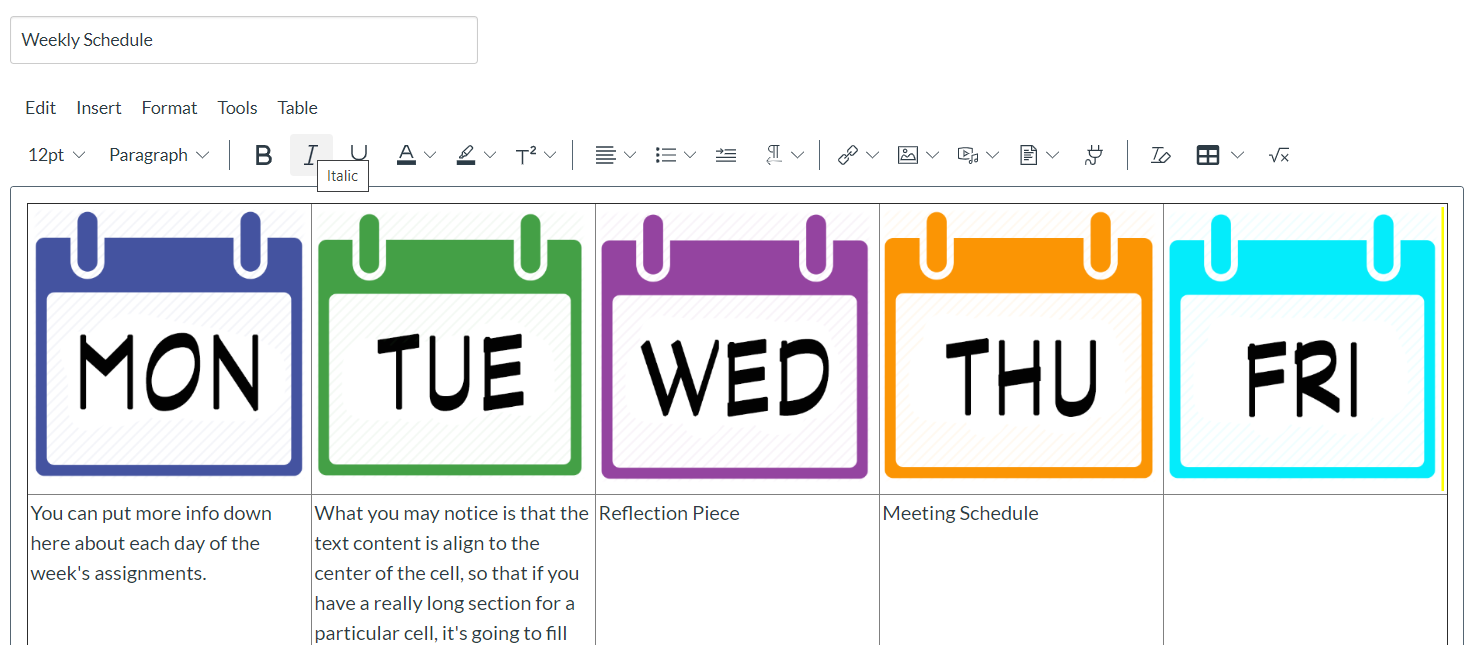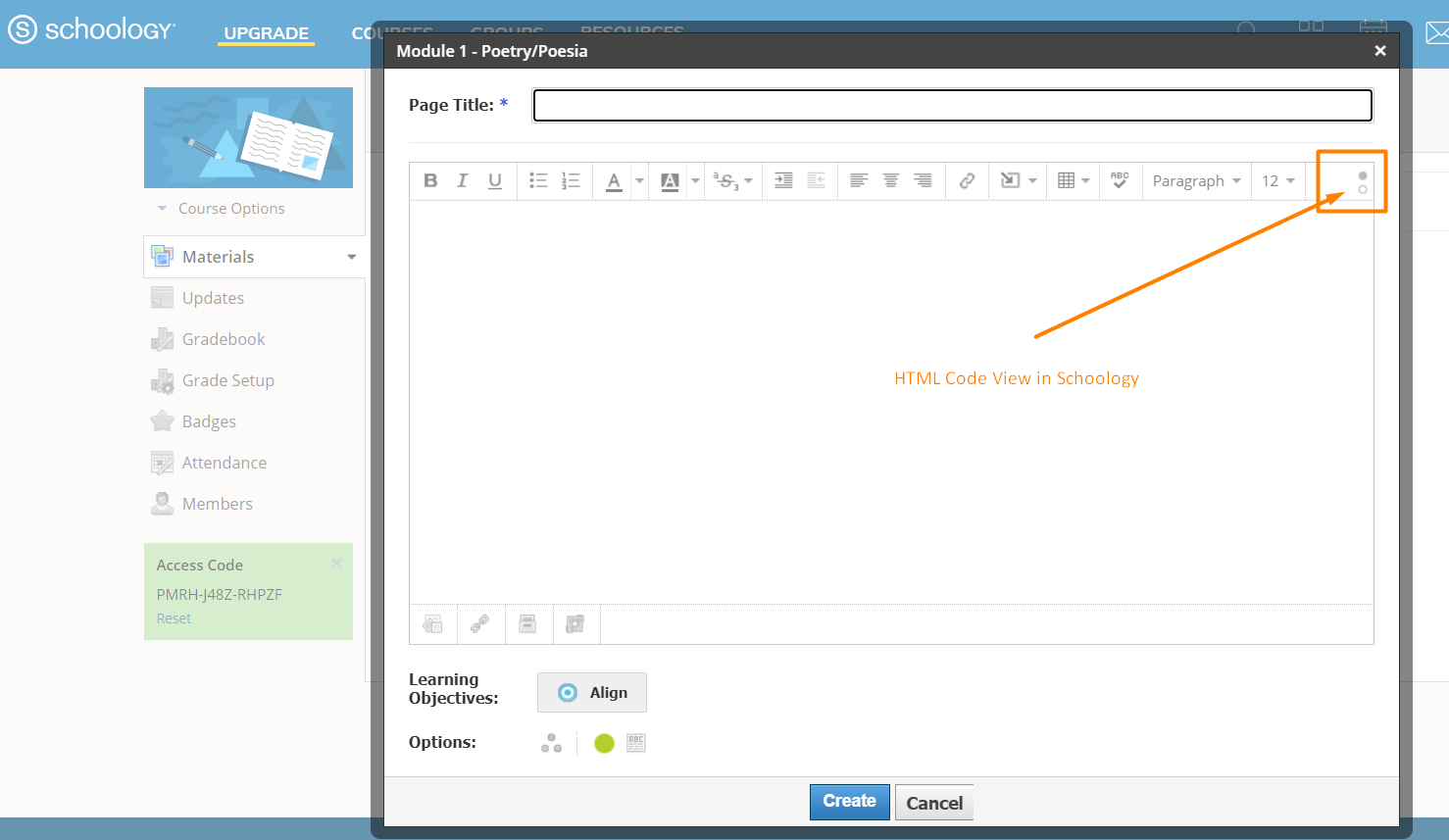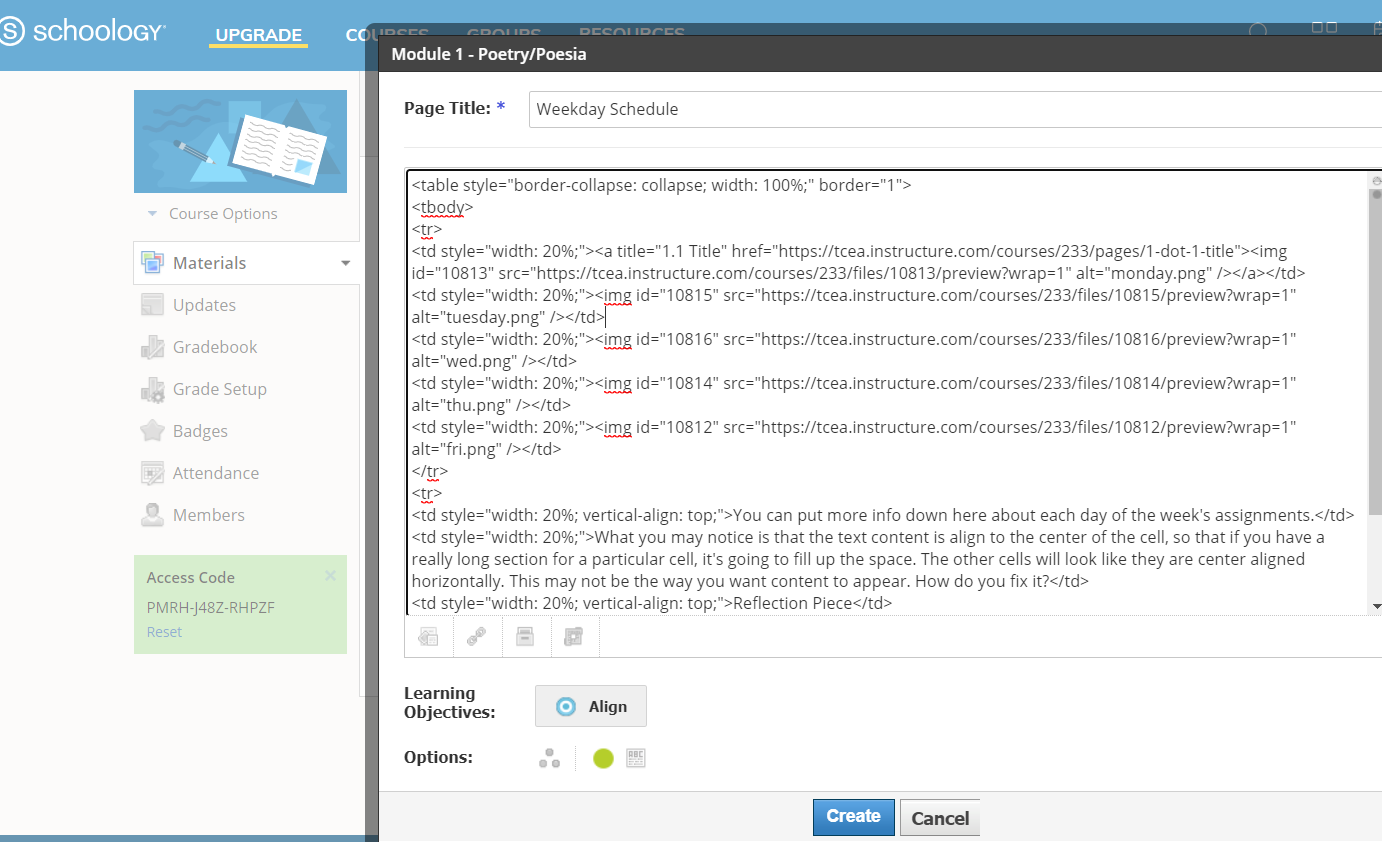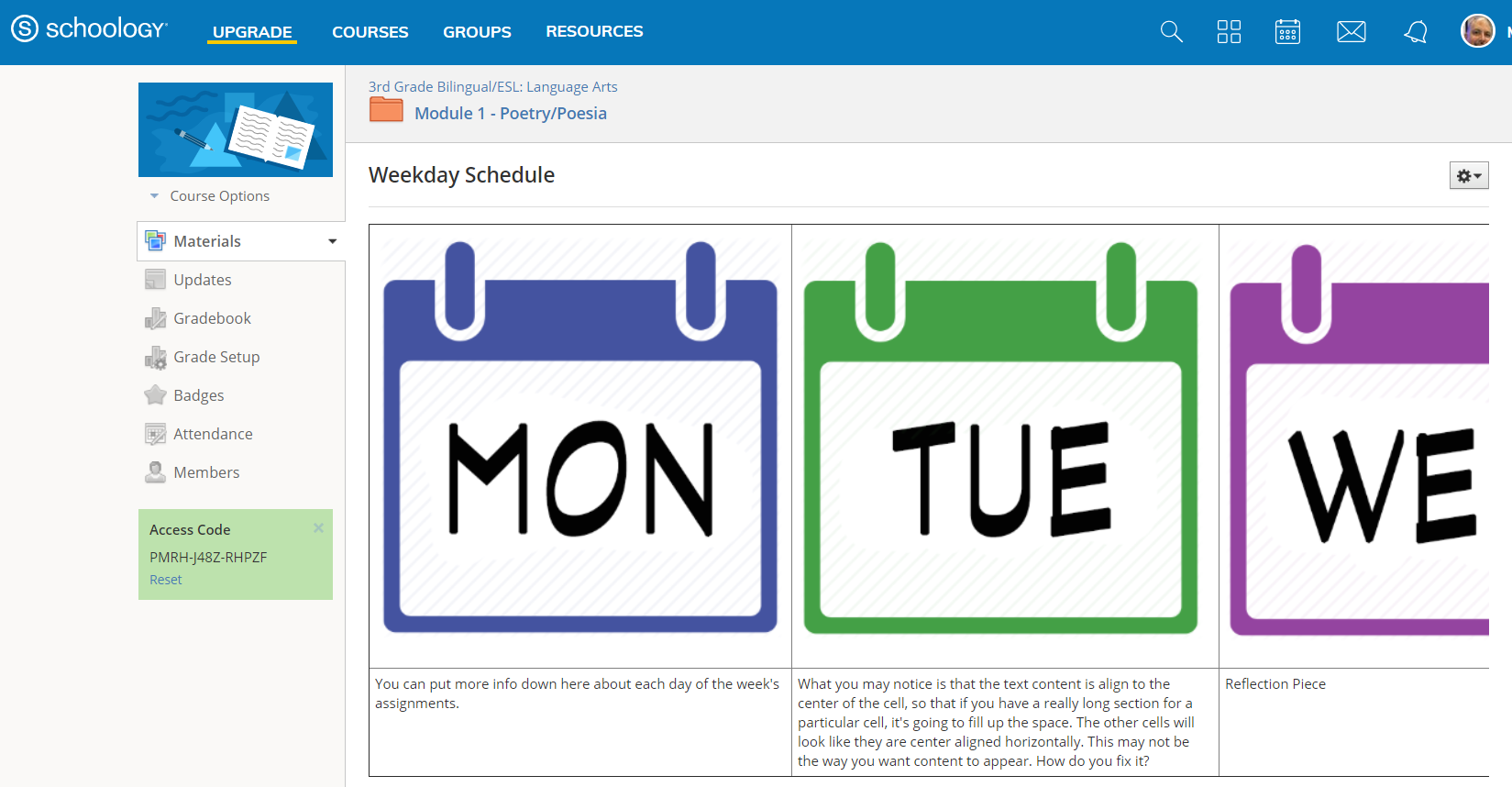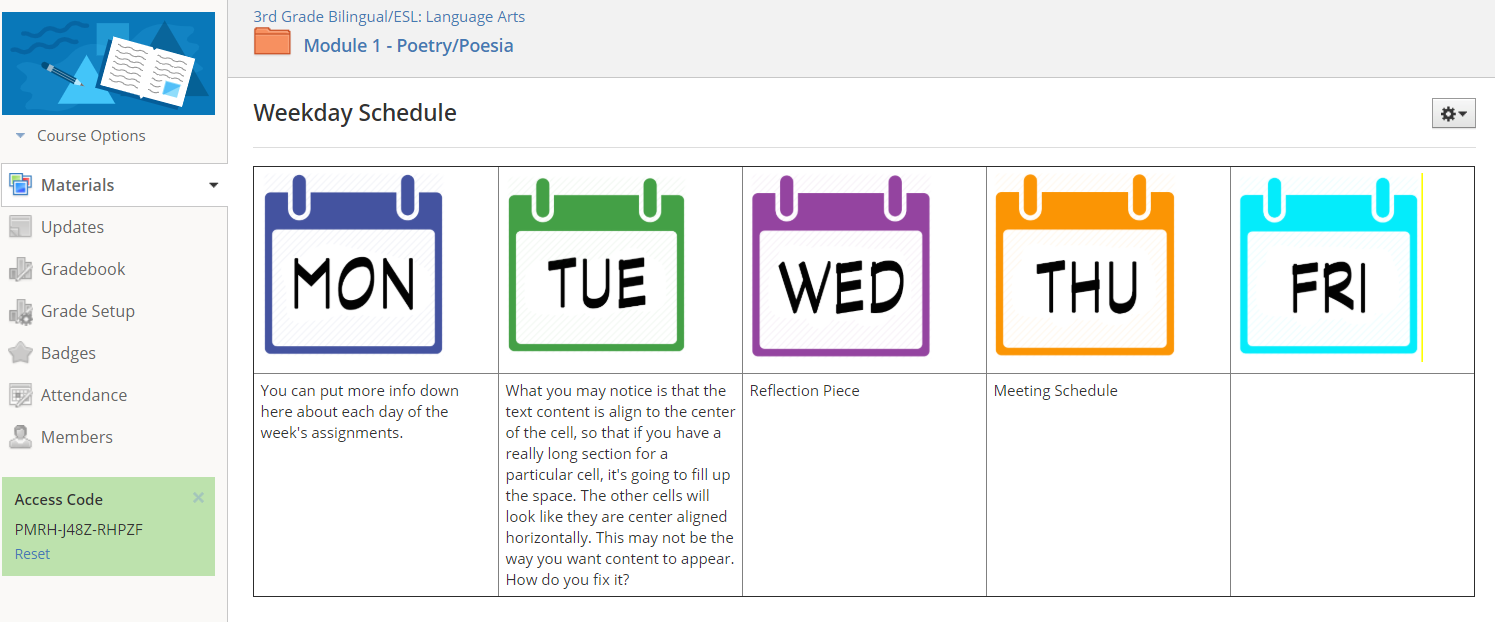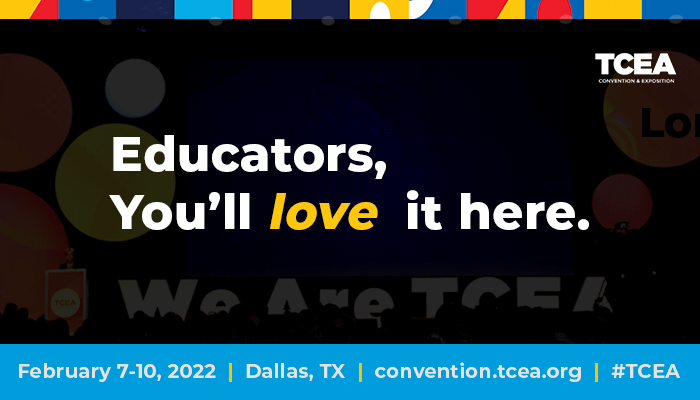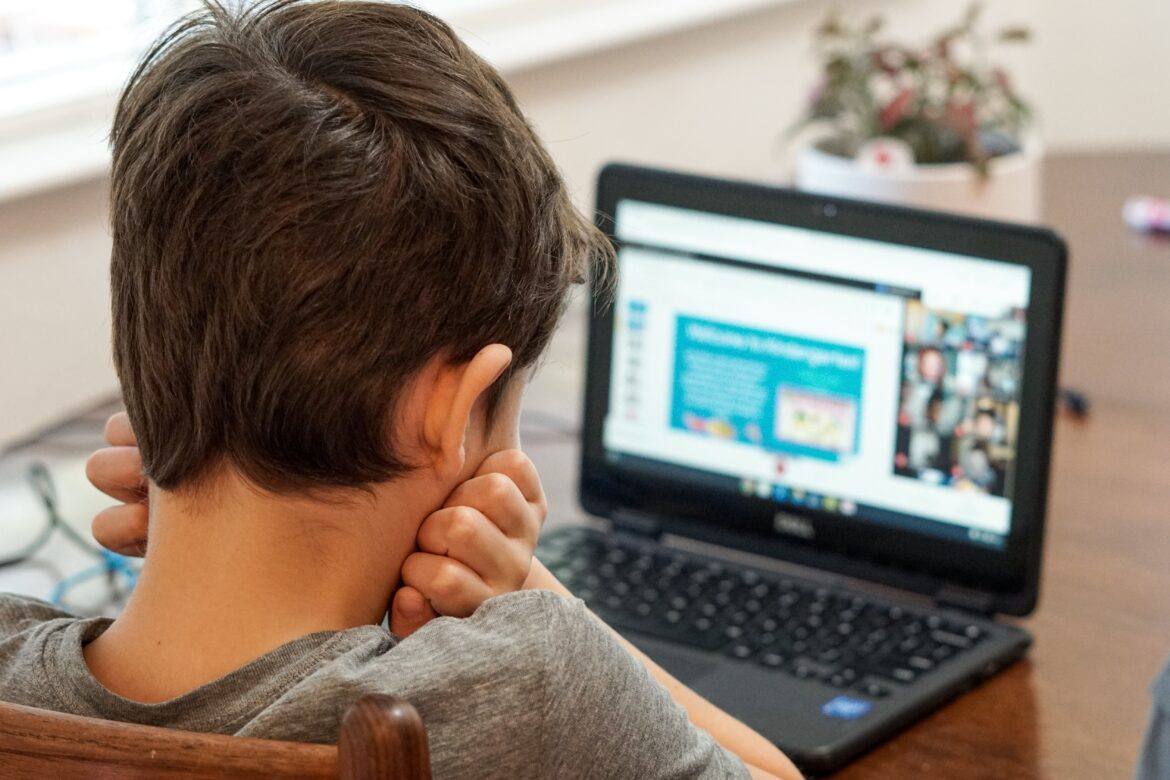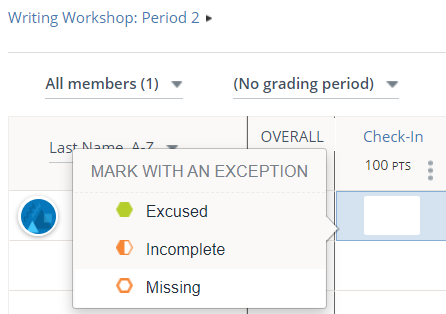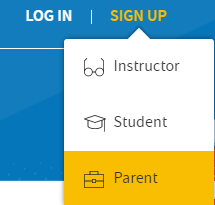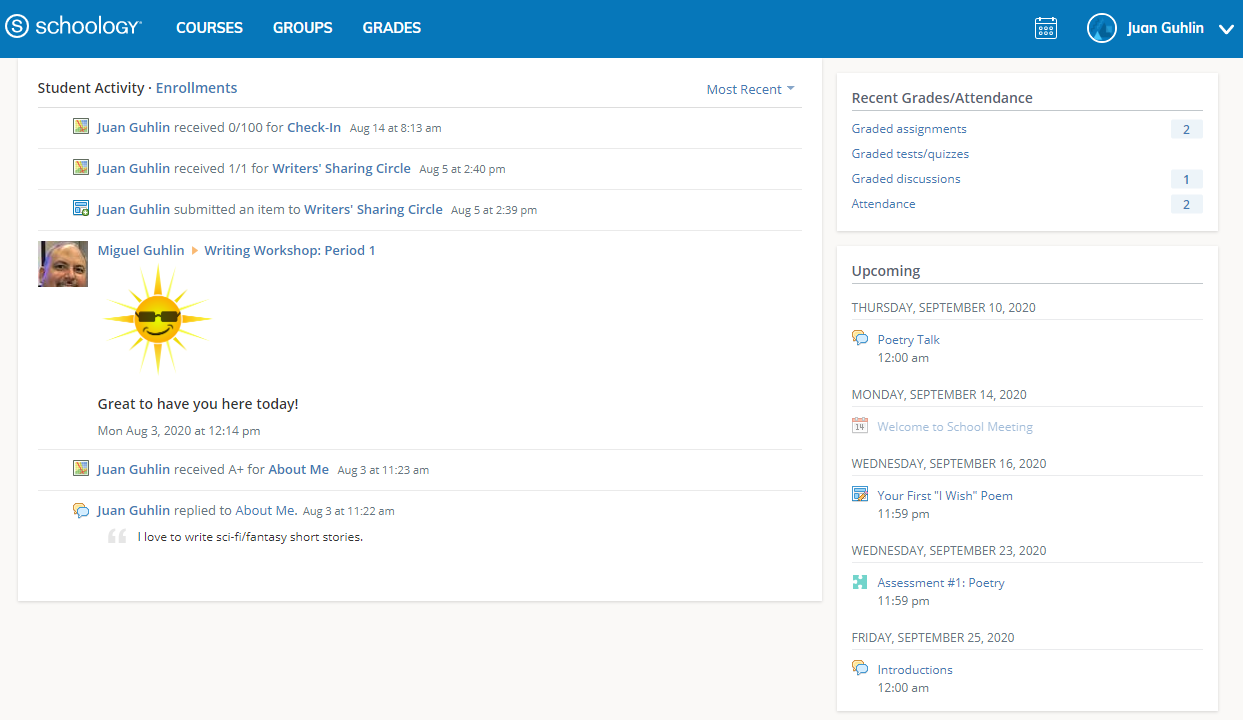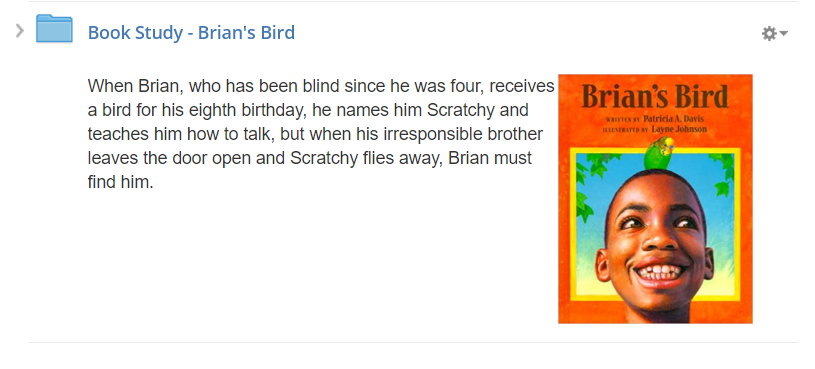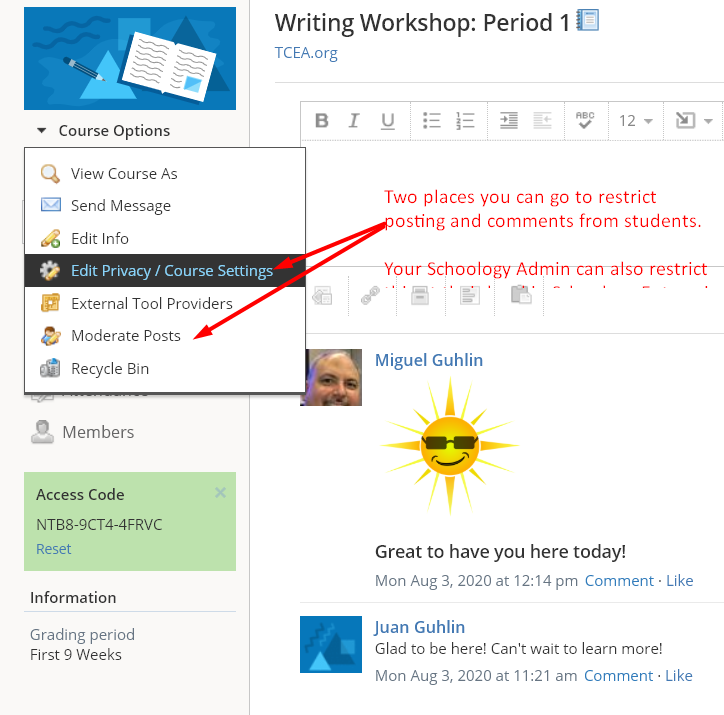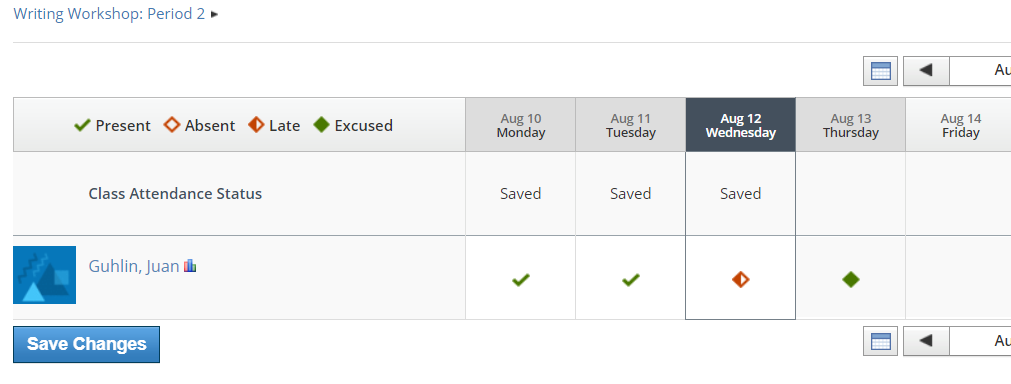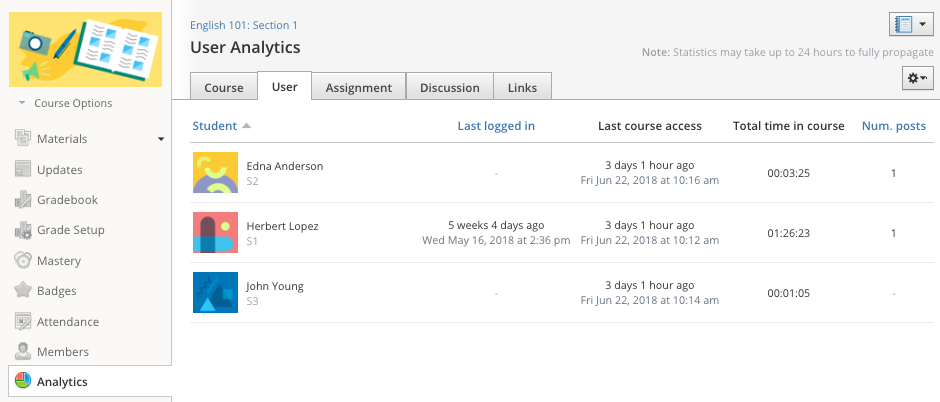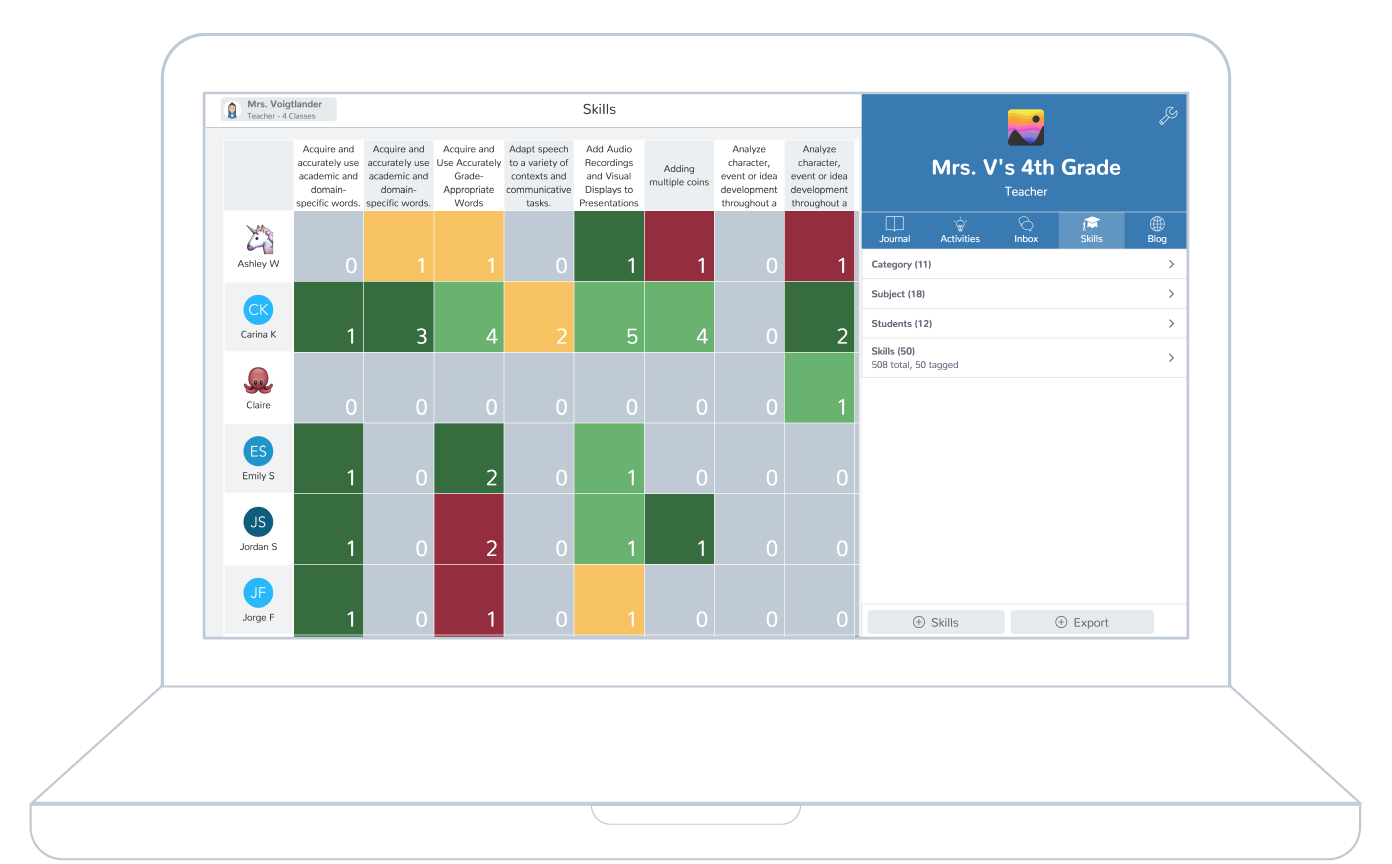What Are Lit Circles?
Literature (Lit) circles, what we used to call book clubs, are not some new fancy way to teach reading. In fact, they have been around forever. Unlike many educational fads that come and go, lit circles have sustained the test of time simply because they are effective. What is the first thing you want to do after reading a good book? I bet it’s not answer some comprehension questions or complete a book report. No, you want to share the compelling story that drew you in with your friends and family. You want to TALK about it. Lit circles give students the opportunity to share and discuss what they are reading. It brings back the excitement of picking up a new book and just talking about it. It is our job as educators to encourage natural discussion and interest in books while ensuring students understand what they are reading and continue to grow as readers.
Our Digital Lit Circle Journey
During the pandemic, I had teachers reach out to me, asking for suggestions on conducting an online book club. At first, we kept it pretty simple, and students would gather in a Zoom meeting and breakout rooms to discuss what they were reading. The downfalls were that the students and teacher all had to be available at the same time. The teacher could only be in one breakout room at a time; therefore, they missed dynamic discussions the students were having.
The following year, our district was back at school in person. It was decided that Schoology would be purchased as our LMS to continue a blended learning model. I quickly realized that Schoology could seamlessly transform classroom in-person lit circles into digital, blended, or even flipped lit circles. Students can participate in the classroom, at home, on the bus, or anywhere they can connect to the internet.
Our Process for Digital Lit Circles
Book Selection
We made sure to select books in a variety of book levels that were not too difficult for the students. Also, we chose books that covered many genre interests. We didn’t have too many options available, so each group would have at least five students to carry out book talks and cover all the lit circle jobs. Students had a chance to explore the book options on the Book Trailer Site and even had the option to thumb through the actual book itself. Then, they completed a Google form with their top three choices. Teachers made sure the groups were even, and the readers were assigned to a book at their ability level.

Planning and Sharing
Planning documents to help guide students and teachers were created in Google and shared with teachers. Since we are a Schoology district, teachers shared and assigned these documents to students in Schoology, but this can be done with any LMS, including Canvas and Google Classroom. This year we also plan on using TeacherMade for some of the assignments. Our planning documents currently include the following:
- Weekly To-Do List
- Questions to Ask Yourself While Reading
- Weekly Checklist (for teachers)
- Lit Circle Book Choice Form
- Group and Job Assignments (for teachers)
- Assignment Calendar
Jobs and Assignments
The teachers assigned jobs that would be rotated weekly, giving each student the opportunity to fulfill every role. Teachers also posted a weekly slide outlining what students should read that week, and the students worked on a collaborative document to perform their job responsibilities. Once the collaborative document was completed by the students, they would come together and have their book talk in person. In addition to the jobs and group assignment, students also had a collaborative vocabulary document in which they would add a word they did not know from their reading each week. This was one of our students’ favorite activities! Independently, the students would complete their Lit Circle Weekly Response, self-reflection doc, and a discussion post in Schoology.

A Few Things We Learned
It won’t be perfect.
Our biggest takeaway from this process is that it won’t be perfect overnight. There will be failure, but that is OK! We just reminded ourselves: “I have not failed. I’ve found 10,000 ways that won’t work.” – Thomas Edison.
Student excitement can drive technology use.
Not all teachers were confident in their technology skills. Some were hesitant to go all in with the digital assignments. So they took baby steps and did one or two digitally, while the rest were done in class the traditional way. What these teachers quickly learned was that the students loved the digital assignments and requested more. This got teachers out of their comfort zones and pushed them to attempt to do something new.
Routine and consistency are the keys to success.
The puzzle pieces that continually made a difference in the success of the process were routines and consistency with the activities. Students needed to feel safe to fail themselves and learn from their mistakes in order to succeed the next time.
Do you see yourself using digital lit circles with your students? Give them a try, and let us know how things go in the comments.



